Writing Memorable Settings: Turning Space into Place, Act 2: A Solitary Blue

Dicey and her siblings were searching for home, but Jeff, the main character in A Solitary Blue, is not. This book is about the shadow side of place.
Jeff lives in Baltimore with his father, the Professor, after his mother abandons them when Jeff is 7.
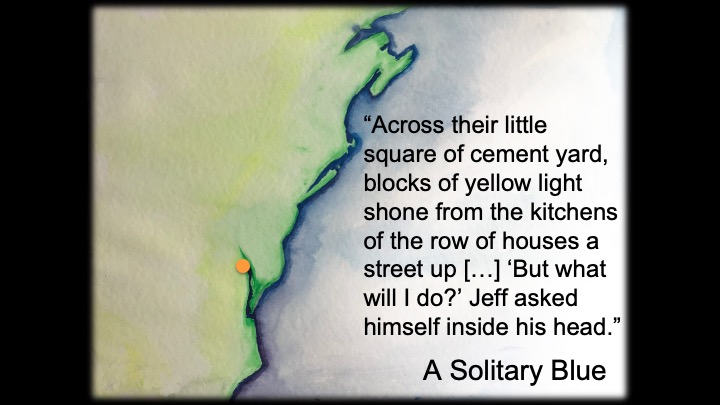
Voigt only describes the home in Baltimore once, after Jeff reads his mother’s letter. “He stood at the sink and looked out the window into the darkening rain. Across their little square of cement yard, blocks of yellow light shone from the kitchens of the row of houses a street up. […] “But what will I do?” Jeff asked himself inside his head.” (8)
The rest of the scenes in Baltimore have few, spare details like a “bright white light bulb in the kitchen” and an unused living room. Readers get that these places are uncared for and lonely, and we project that onto Jeff. He’s not connected to his setting and neither are we.

Five years pass. Then Jeff visits his mother and meets his Grandmother in Charleston where he experiences positive place attachment for the first time.
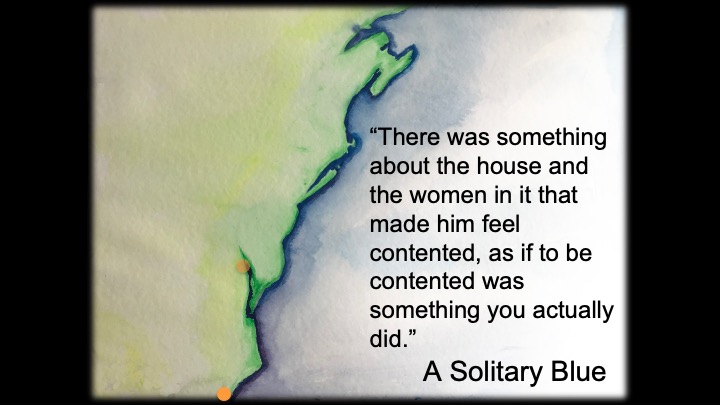
“There was something about the house and the women in it that made him feel contented, as if to be contented was something you actually did.” (54)
When Jeff takes the bus back to Baltimore, he reflects, “it was also going from one self to another.” (58)
A year later, when Jeff returns to Charleston for the second time, he expects more positive experiences. Instead, Melody abandons him, spending time with her boyfriend, and Jeff finds an island that becomes his sanctuary.

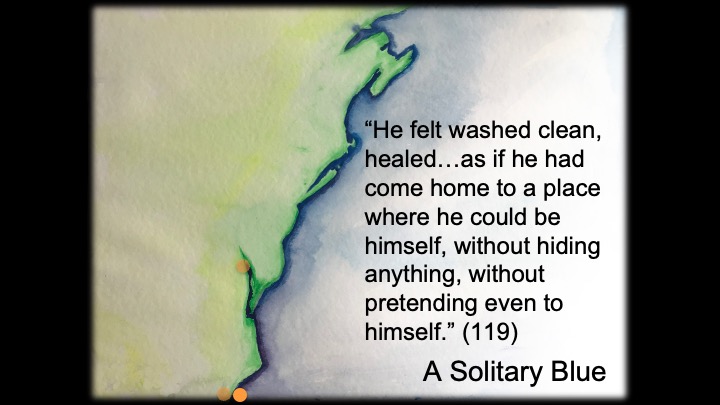
On the island “he felt washed clean, healed…as if he had come home to a place where he could be himself, without hiding anything, without pretending even to himself.” (119)
Jeff is beginning to figure out who he is. He has found a place that feels right, but it’s not permanent.
In the last third of the book, Jeff and his father accept that their house in Baltimore is not the right place for them.
They search further and further afield until they come to the eastern shore.
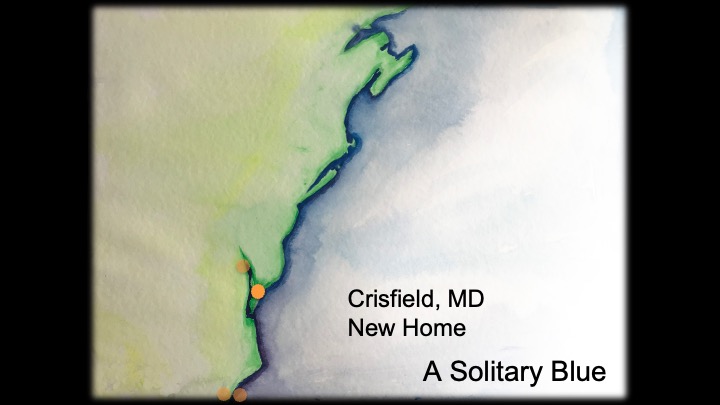
“As soon as he saw the flat landscape, the sky stretched out flat like a blanket overhead, the water appearing at unexpected places, Jeff breathed easier” (156)

Because this setting matches his inner island, because it matches his evolving idea of who he is, Jeff is finally able to become himself.
Here, Jeff connects emotionally with his father. He gradually makes friends with the Tillerman children, and he is eventually able to face his mother and overcome her abandonment. He is grounded. He is healed. If he had remained in Baltimore, he probably could not have changed in these ways.
The landscapes Jeff moves through – the homes, the island, and Crisfield – mirror his emotional journey. He goes from neglected to partly accepted, from isolated to healed. In each setting, the landscape reflects his inner state.
As they change, so does he.
For a young reader who feels out-of-place, stories of overcoming the shadow side can light a path forward.
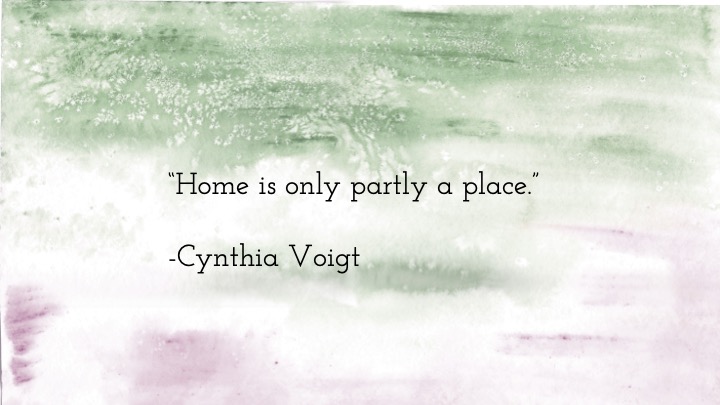
When I talked to Cynthia Voigt about these books, and how Dicey maintains an emotional connection to the ocean through her journey, Cynthia said “That’s interesting, that’s home, as opposed to place. Home is only partly a place.”
This idea – home is only partly a place – is the key to unlocking the craft of emotional resonance in settings.
The irony is that setting really is neutral. An empty island has no meaning, it just exists. This building we’re sitting in right now is only an organized structure of bricks, wood, and wire. It is our emotional connection with place that creates meaning.
How can we capture this emotional connection in our own writing?
That question brings us to Act Three and writing process.
This series is adapted from my critical thesis for an MFA at Vermont College of Fine Arts.
